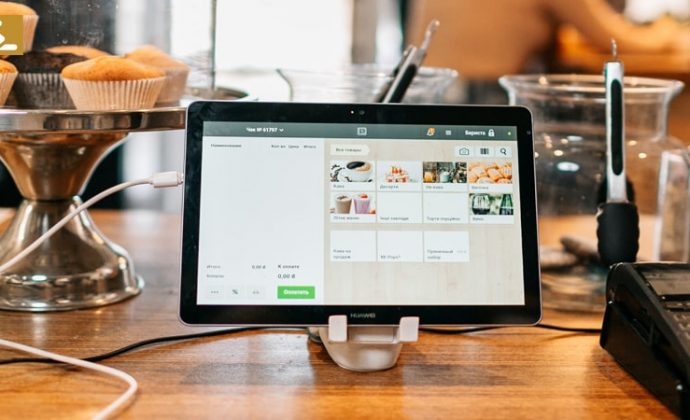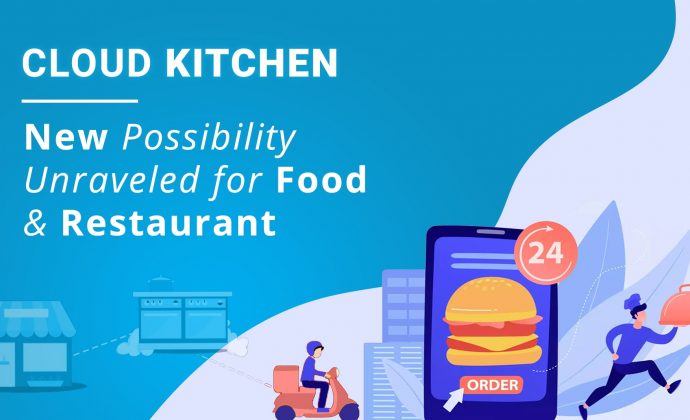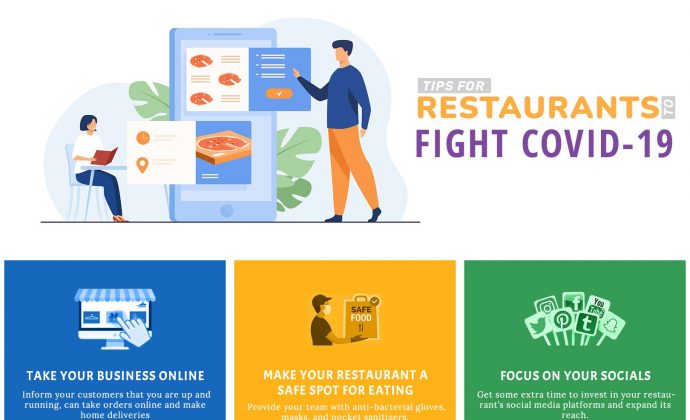You are planning to establish a restaurant empire. We have to discuss the proper use of technology of restaurant kitchen order display from ordering food to the payment integration work. It is crucial to consider the frontend and the backend operations in a restaurant. A kitchen order display system is the engineering room of your business. Therefore, it becomes essential to establish a proper communication system to increase the productivity levels in the busy kitchens. It will reduce the mistakes and improve the service quality too. Why Should You Implement the KDS in Your Restaurant? The Kitchen Display System is popularly known as KDS. Moreover, it is an online kitchen order system in restaurants. A monitor display system is present in the kitchen area. The POS system software is useful to display all the orders preparation that have been placed on the POS system. It is beneficial to implement the KDS system in your restaurant that acts as a mediator between the customers and the waiting staff serving the order to the customers waiting for their food. It is essential to keep the pos system in the restaurants to allow smooth functioning. The Benefits of A Restaurant Kitchen Display System Now, you know why it is essential to implement the kitchen order display system in restaurants. Then, we will discuss the benefits of the kitchen display system software. It will help you to understand in a better way the importance of the KDS POS system. Cost-effective: The requirement is a one-time investment in the kitchen display system. It will work with any LED attached with PC/Laptop or Smart TV Screen. It is cheaper in paper-based KOTs. Therefore, it is an effective initiative for environmental protection and reducing paper use. No order missing: The restaurant kitchens are often messy and chaotic. However, the handwritten orders may misplace. It can create confusion in presenting the orders to the customers. The restaurant owners can eliminate the confusion issues with the help of the online kitchen order management system. All the details of the order requirements of the particular customer will be available on the kitchen display system. No delay in taking the order from customers: Soon, you enter the restaurant kitchen system; it shows the display of the orders in the kitchen. There is no delay from the restaurant staff side in placing the orders. It reduces the time gap in taking orders and then placing the orders to the customers. An integrated system of online ordering: A KDS system automatically sorts the orders and then sends the entire requirement to the chef available in the restaurant kitchen to prepare the meals for the customers. There are multi stations in the restaurant for preparing starters, the main course and the dessert. In that case, the KDS system automatically sends the requirement to the particular section of the kitchen only. KDS POS system streamlined the operation in the kitchen: All the orders have been punched directly on the pos kitchen display. Therefore, it improves the communication system between the staff members working in the chaotic environment of the kitchen. This system is a boon in the multi-kitchen restaurant that it is most important to have the proper communication system for coordinating with the team members and dealing with the customers. Track the business performance through pos kitchen display system: Integrated Kitchen POS system is useful to track the performance of your business. It helps you to analyze your business and then take some effective actions for improving the business performance. The kitchen Displays System is becoming vital for the effective functioning of the restaurant business. How Kitchen Display Systems Improve Efficiency and Reduce Costs in Restaurants You are looking for options to reduce costs and improve the productivity of your restaurant. You can consider making a one-time investment in the POS with Kitchen Display System (KDS). It will improve the restaurant efficiency by displaying the order information properly to the backend staff. The KDS systems are becoming extremely popular in modern restaurant structures to give customers prompt and quality services. KDS system is the cloud-based POS technology that works remotely. The complete information about the customer orders appears on the display system to the backend staff in the restaurant. They do the meal preparation and present it to the customer on time. Therefore, it reduces the issues of delayed orders due to mismanagement and confusion. There is a chaotic situation in the backend area. It is essential to keep a proper system of KDS online to ensure proper services are delivered to the customers. Online POS with KDS is beneficial to reduce the paper use and cuts the cost. It will conserve and protect the environment, as there is limited paper use in restaurants. There are twin benefits of the KDS system, i.e. cost reduction, environmental protection and improved efficiency.
How Kitchen Display Systems Can Transform Restaurant Business?





